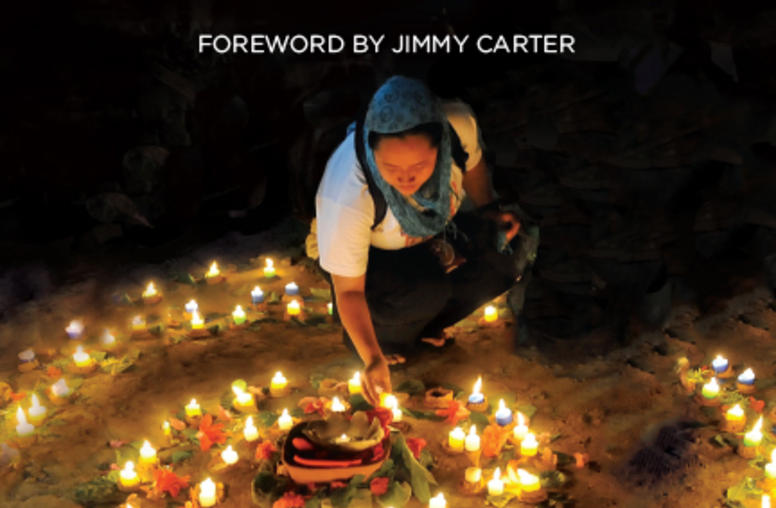With 84 percent of people worldwide identifying as religious, religious dimensions influence local, national and international peace and conflict. Across the globe, violent conflict often is couched in religious terms and religious discrimination is on the rise. At the same time, people of faith and religious organizations frequently are on the front lines of peace efforts, assisting communities affected by violence. Although religious considerations have been marginal to peace efforts historically, governments and peacebuilding organizations increasingly recognize the importance of religion.
USIP’s Religion and Peacebuilding Action Guides offer a toolkit of resources, lessons, best practices and case studies around specific themes and topics, addressing diverse contexts intended to foster a practical framework for understanding and application. They offer recommendations to inform practitioners, policymakers and scholars on how to integrate religious considerations into current or potential field programming carefully, thoughtfully and effectively to prevent and resolve violent conflict.
Religion in Conflict and Peacebuilding Analysis Guide
The “Religion in Conflict and Peacebuilding Analysis Guide” examines a wide range of ways religion contributes to peacebuilding and conflict, whether practiced by religious or secular actors, even when the conflict has no religious dimensions. This analysis guide will help policymakers and practitioners to understand the religious dimensions of conflict and take them into consideration in peacebuilding, including how to assess if and how religion can play a role in wider peacebuilding efforts. This guide is available in full and in summary, and in full in English, Arabic and French.
Religion and Mediation Action Guide
The “Religion and Mediation Action Guide” will help religious actors — and the policymakers and practitioners who seek to engage them — to more effectively organize, facilitate or support mediation where religion is relevant to the participants, the process or the issues. It provides guidance on how faith-based mediators, texts, principles, values, symbols or rituals can be useful when religious issues and identities are important to the parties to a conflict. This guide is available in English, Arabic and French.

Religion and Reconciliation Action Guide
The “Religion and Reconciliation Action Guide” will help those who seek to organize, facilitate or support reconciliation efforts where faith matters to those involved. It is intended to be of use to both religious and secular practitioners who already have a basic understanding of reconciliation.
Related Courses
Introduction to Religion and Peacebuilding
Provides an overview of the religious peacebuilding field, the role religion plays in driving both conflict and peace, examples of how religious actors and institutions have contributed to the prevention and resolution of conflict and considerations for how best to engage the religious sector in peacebuilding.
Religious Engagement in Peacebuilding - A Common Ground Approach
The purpose of this course, inspired by and based on an approach developed by Search for Common Ground, is to provide training and serve as a resource for those working in peacebuilding who may be unfamiliar with (or even wary of!) religious engagement, or who are looking to gain greater confidence in working with religious actors and institutions. This course is also available in French and Arabic.
Religions, Beliefs, and Human Rights: A “Faith for Rights” Approach
This online course uses the peer-to-peer learning methodology of the #Faith4Rights Toolkit for religious and faith-based actors, policymakers, and practitioners to explore these links. This serves as a practical guide for protecting and promoting human rights to prevent, manage, and resolve violent conflict.
Featured Publications

Religious Landscape Mapping in Conflict-Affected States
Diplomats and peace practitioners often cite lack of familiarity with the religious landscape as a barrier to their engagement of religious actors. In 2013, USIP launched an initiative to address this need by developing a methodology for systematically mapping and assessing the religious sector’s influence on conflict and peace dynamics in discrete conflict settings. These mappings, which have been done or are underway in Libya, South Sudan, Iraq and Burma, help illuminate recommendations for effective partnerships within the religious sector for peacebuilding.

Women, Religion and Peacebuilding
Women, Religion, and Peacebuilding: Illuminating the Unseen examines the obstacles and opportunities that women religious peacebuilders face as they navigate both the complex conflicts they are seeking to resolve and the power dynamics in the institutions they must deal with in order to accomplish their goals.





